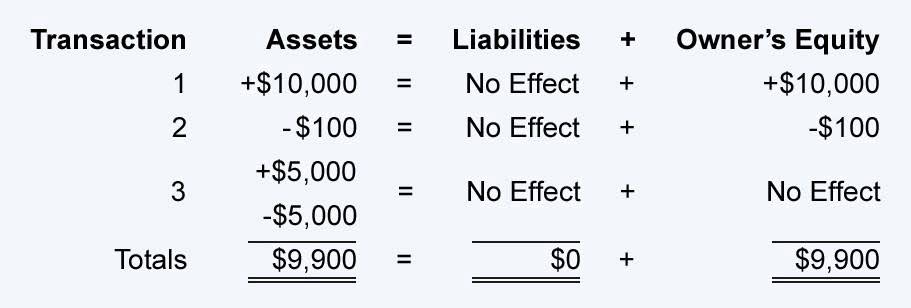TIN TỨC
Which Accounts Are Found On An Income Statement?

A current asset whose ending balance should report the cost of a merchandiser’s products awaiting to be sold. The inventory of a manufacturer should report the cost of its raw materials, work-in-process, and finished goods. The cost of inventory should include all costs necessary to acquire the items and to get them ready for sale. An expense outside of a company’s main operating activities of buying and selling merchandise or providing services. Income or revenue earned by a company that is outside of its main operating activities.
KEY TAKEAWAYS

However, it provides a basic understanding of what income statement accounts are and how they work. Net income comes from adding all revenue and gains and subtracting all expenses and losses. Expenses listed include cost of goods sold (COGS) and selling, general, and administrative expenses (SG&A). It shows how well a company is doing and helps in making smart https://48brands.com/net-realizable-value-formula/ financial choices.
Cost Of Goods Sold

Understand the key accounts involved, their implications, how to analyse an example income statement in the accounting context, and know their primordial role in facilitating insightful business decisions. Our attorneys practicing corporate or business laws assist businesses with issues concerning income statements. We can help resolve issues concerning legality in financial transactions, regulations concerning financial moneys, and consultations on legal aspects of accounting and financial reports. For example, if you were to look at a trial balance on December 31, 2020, it would show the balances of all accounts on that date. If you were to look at an earnings statement for the year 2020, it would show the balances of all accounts that had activity during that year.

Delving into Primary-Activity Expenses
Likewise, the profits that a business gets from one-time non-business activities are also a part of the business gains—for instance, a business selling off its unused lands or old vehicles. Operating revenue is the revenue that a company gains by performing all its primary activities, such as manufacturing products or providing services. An organization located in a unique industry may find that it requires additional accounts beyond the ones noted here. Thus, the exact set of income statement accounts used will vary by company. There are two main categories of accounts for accountants to use when preparing a profit and loss statement. Common size income statements make it easier to compare trends and changes in which accounts are found on an income statement your business.
- This means that every year, $1,800 would be recorded as depreciation expense on the profit and loss statement of Anael Farms for the next 10 years.
- When a company sells or scraps a long-term asset that had been used in the business, the asset’s cost and accumulated depreciation must be removed from the company’s accounts.
- Receipts are the cash received and are accounted for when the money is received.
- This number is arrived at by deducting the cost of revenue ($ 74.1 billion) from the total revenue ($245.1 billion)—in other words, revenue minus the amount it costs to produce that $245.1 billion.
- Instead, an analyst may have to rely on examining the past trend of COGS to determine assumptions for forecasting COGS into the future.
How Is Net Income Calculated?

Monitoring these expenses is vital, as excessive costs can erode profit margins. Cost of Goods Sold (COGS) includes the direct costs of producing goods sold by a company, such as raw materials, direct labor, and manufacturing overheads. For example, a furniture manufacturer’s COGS would include the cost of wood, nails, and labor. COGS is crucial for determining gross profit, which is revenue minus COGS. Small businesses typically start producing income statements when a bank or investor wants to review the financial performance of their business to see how profitable they are.
BAR CPA Practice Questions: The MD&A and Notes for Government Financial Statements
Publicly traded companies are obligated to produce these statements for shareholders. Even privately held small businesses, freelancers, and even non-profit organisations prepare income statements because these statements provide the basis for tax preparation and budgeting. The power of an income statement lies in the insightful narratives about profitability, revenue, and operational expenses that it can deliver. It provides a clear picture of where the income is coming from (revenues), and where it is going (expenses). Though seemingly simple at the first glance, a refined understanding Bookkeeping vs. Accounting unearths its primary role in driving business and investment decisions.
To be included on the statement of financial performance, an account should be able to make an income or incur an expense; or it should generate gains or cause losses to a company. Non operating revenue is the money earned from other aspects of a company that is not the primary activities of the business. Anything that brings income to a firm other than the main product or service for which the business was created, would be regarded as non operating revenue. Structuring the format of an income statement involves organizing the compiled data into a coherent structure that logically flows from revenue to net income.
